1) On December 29, 1675, King Charles II of England signed a proclamation banning something, a proclamation which within a year had virtually no effect. What did he ban, and why?
The proclamation banned coffeehouses. The Restoration was partially attributed to political discussions in public coffeehouses, and Charless government reasoned that the institutions could easily work against him as for him.
2) Who is the person associated with the following:
Let X be any set of disjoint non-empty sets. Then we can choose a member from each set in X.
G provable ->~G, therefore G is not provable.
Sorry,
Kurt Gödel
The first picture is
Georg Cantor, who, among other things proposed the continuum hypothesis. Gödel showed the hypothesis was consistent with the Peano axioms of set theory. (The negation is also consistent; that is, the continuum hypothesis is independent of the Peano Axioms. The proof of this was completed by Paul Cohen)
The first mathematical statement is the
axiom of choice, which Gödel also proved consistent with the Peano axioms. (The negation--there is some collection X of sets where we cant choose a member from each set--is also consistent; that is, the axiom of choice is independent of the Peano Axioms. The proof of this was also completed by Paul Cohen)
The second mathematical statement is the crux of
Gödels first theorem.
The second picture is
David Hilbert. Gödels theorem disposed of one of Hilberts famous problems, in the negative.
3) Where was the first place the 7th century Arabic expansion was definitively stopped? What is the name of the agreement that resulted?
They were stopped going up the Nile into
Nubia, specifically at the
battle of Dongola in 651, which is why the southern Sudan and Ethiopia are not Muslim. The treaty between the Arabs and the Nubians was called
the Bakt, which either comes from the Latin word for treaty, or the Egyptian word for barter. The Bakt lasted for well over five hundred years, and still affects the religious makeup of the region today.
4) Who is the person associated with the following:
Emperor Charles V of the Holy Roman Empire, aka Carlos I of Spain and ruler of many other countries. First picture is
Ghent, where he was born. Second is his mother,
Juana the Mad. The third is the palace of Charles V that is part of
the Alhambra. Fourth is the flag of the
Seventeen Provinces, which were fully united under Charles. The
European Eel is because Charles died from the effects of eating an eel pie. The additional hints are pictures of Ferdinand and Isabella, his maternal grandparents, and Philip the Handsome and Juana the Mad, his parents.
5) This time Im after a place:
The country of Bhutan. The dragons are because Bhutan is the
Land of the Thunder Dragon. The first photograph is the
Takstang Monastery. The last is the
Punakha Dzong, originally the palace of Shabdrung Ngawang Namgyal, the founder of Bhutan.
 . I'd love to submit too, but I have my abitur (university entrance diploma) exams starting on friday, and yeah, that means I really don't have time for history quizzes and stuff. I'm sure you understand.
. I'd love to submit too, but I have my abitur (university entrance diploma) exams starting on friday, and yeah, that means I really don't have time for history quizzes and stuff. I'm sure you understand. . I'd love to submit too, but I have my abitur (university entrance diploma) exams starting on friday, and yeah, that means I really don't have time for history quizzes and stuff. I'm sure you understand.
. I'd love to submit too, but I have my abitur (university entrance diploma) exams starting on friday, and yeah, that means I really don't have time for history quizzes and stuff. I'm sure you understand.
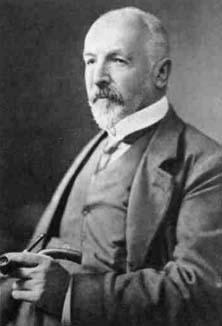
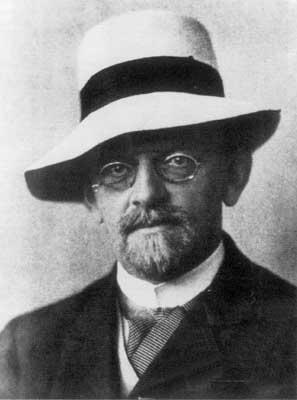
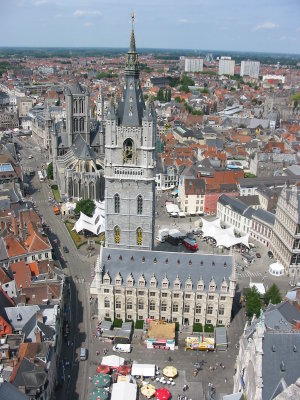
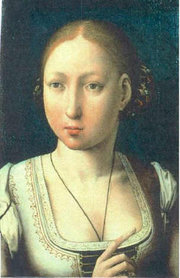


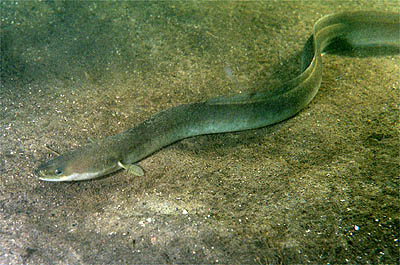

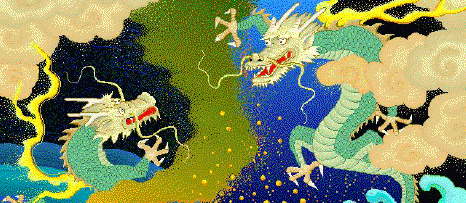

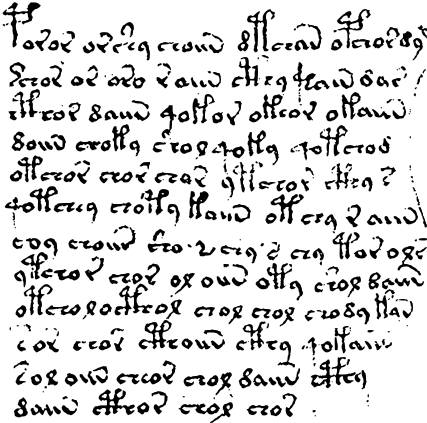

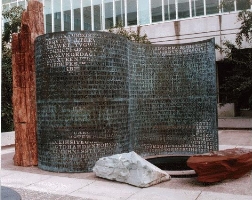

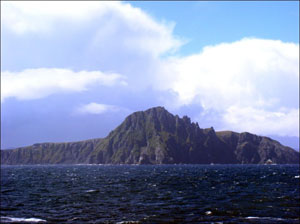
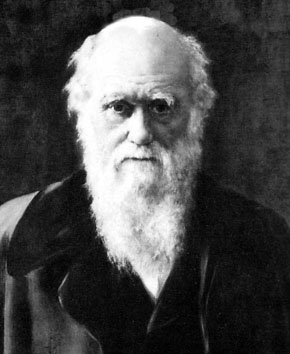
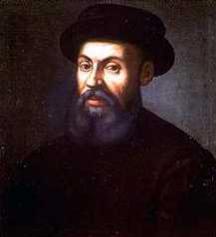
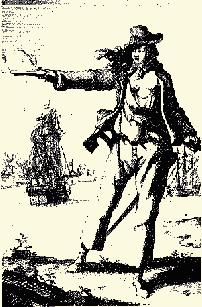
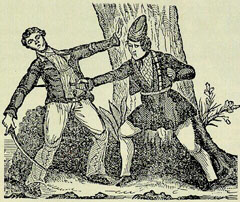
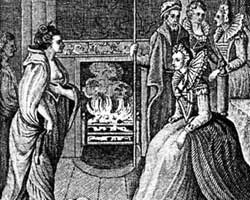
 Charles V was one of my first offhand guesses, because of the flag, but unfortunately for me I dismissed him without researching him. It was really a great quiz, sydhe, so it's a shame there were so few who attempted it.
Charles V was one of my first offhand guesses, because of the flag, but unfortunately for me I dismissed him without researching him. It was really a great quiz, sydhe, so it's a shame there were so few who attempted it.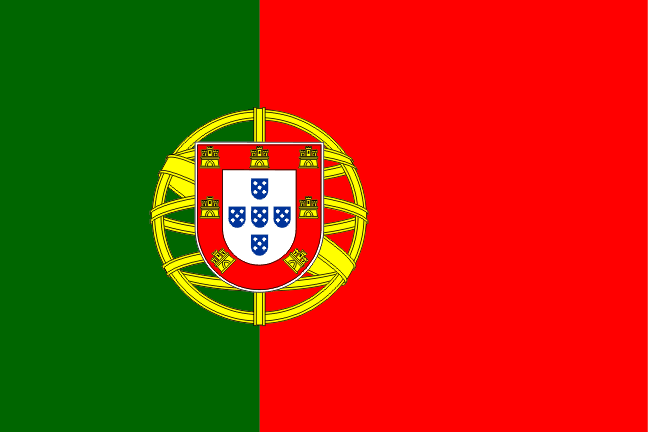



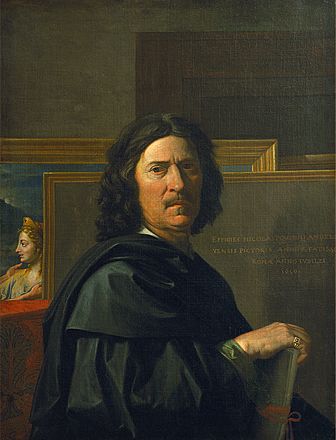

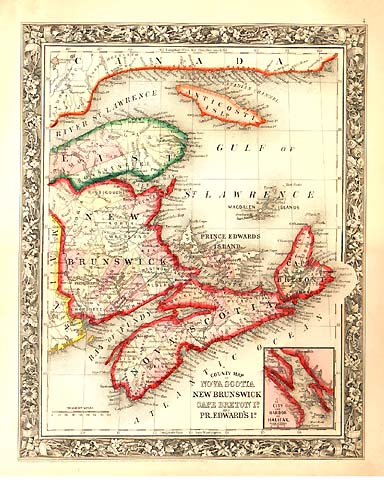
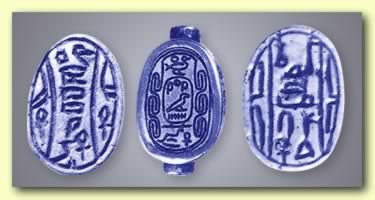
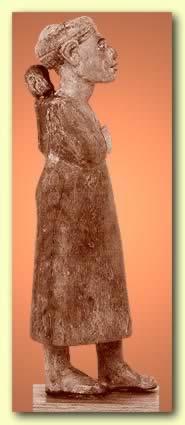
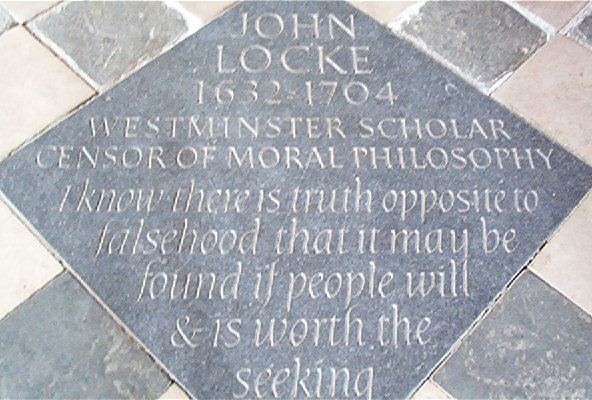
 and Vav (ו
and Vav (ו